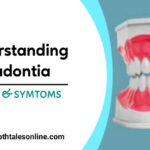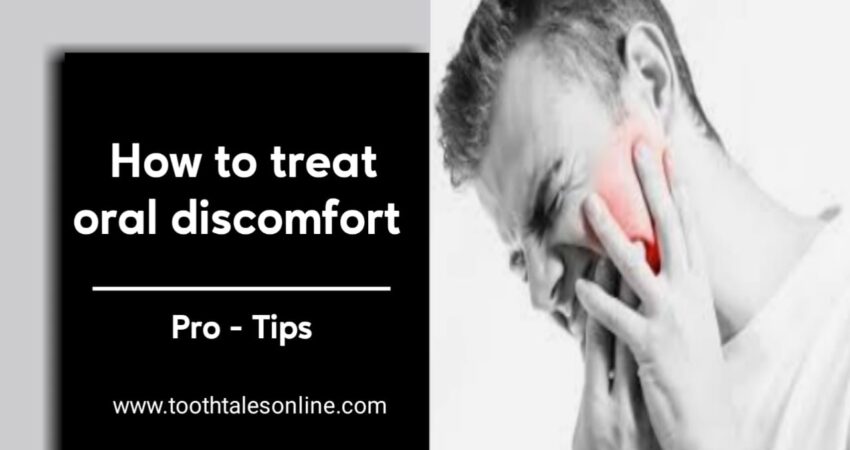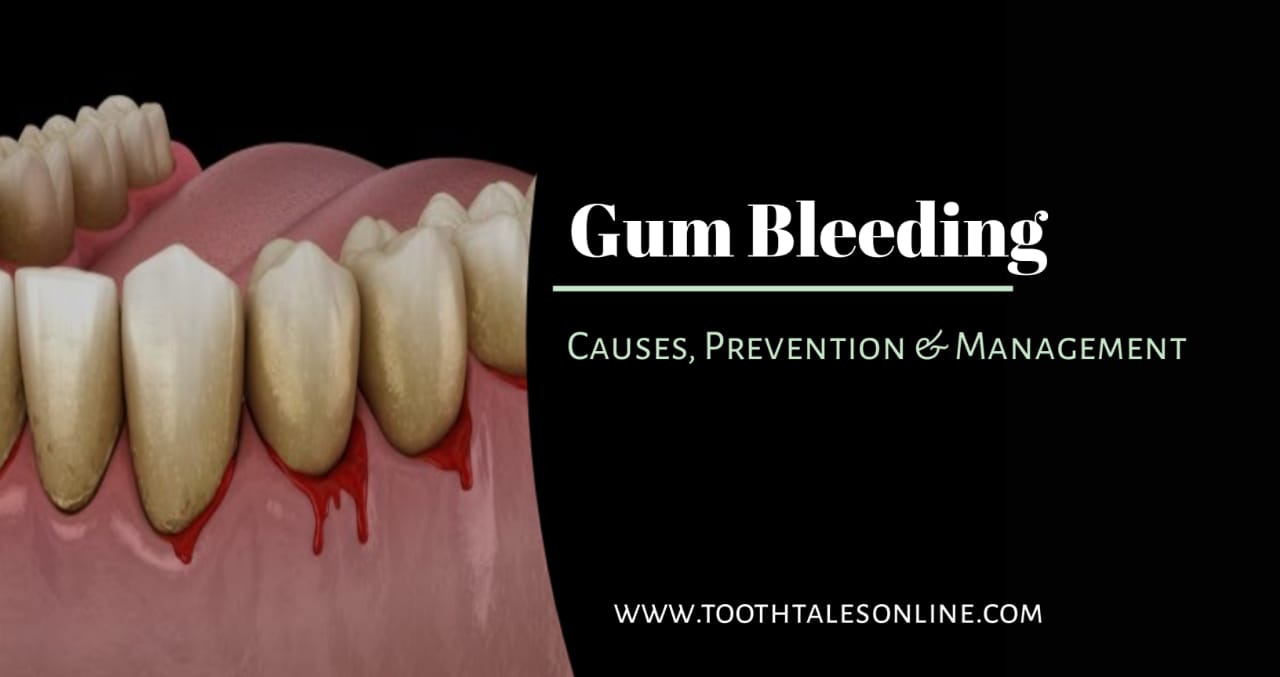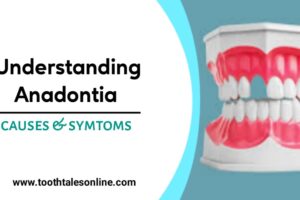Introduction:
Gum bleeding is a common dental issue that many people experience at some point in their lives. It can be alarming, but understanding the reasons behind it and adopting preventive measures can help maintain good oral health. In this article, we will explore the causes of gum bleeding, simple ways to prevent it, and potential treatments.
Keywords: Gum bleeding, oral health, causes, prevention, treatment, dental care.
Causes of Gum Bleeding:
- Poor Oral Hygiene:
Brushing and flossing are crucial for maintaining healthy gums. Inadequate oral hygiene can lead to the accumulation of plaque, a sticky film of bacteria, which can irritate and inflame the gums, causing bleeding.
- Gingivitis:
Gingivitis is an early stage of gum disease characterized by red, swollen gums that may bleed during brushing or flossing. It is often a result of poor oral hygiene habits.
- Medications:
Some medications, such as blood thinners, can contribute to gum bleeding. It’s important to inform your dentist about any medications you are taking.
- Nutritional Deficiencies:
Lack of essential vitamins like vitamin C and vitamin K can affect the health of your gums. These nutrients play a crucial role in maintaining the integrity of blood vessels and tissues.
Preventive Measures:
- Regular Dental Check-ups:
Routine dental check-ups help identify and address potential issues before they escalate. Dentists can provide professional cleanings and offer guidance on proper oral care.
- Effective Oral Hygiene Practices:
Brushing teeth twice a day and flossing daily can prevent the buildup of plaque and reduce the risk of gum bleeding.
- Balanced Diet:
A diet rich in fruits, vegetables, and whole grains provides essential nutrients for gum health. Ensure an adequate intake of vitamins and minerals.
- Avoid Tobacco Products:
- Smoking or using tobacco products can contribute to gum disease and hinder the healing process. Quitting can significantly improve oral health.
Treatment Options:
- Improved Oral Hygiene:
For mild cases, enhancing oral hygiene practices may be sufficient to alleviate gum bleeding. This includes regular brushing, flossing, and using an antiseptic mouthwash.
- Professional Cleanings:
Dentists may recommend professional cleanings to remove stubborn plaque and tartar that cannot be eliminated through regular brushing and flossing.
- Medication:
In some cases, dentists may prescribe medications or mouthwashes to control gum inflammation and bleeding.
- Scaling and Root Planning:
For more advanced cases of gum disease, a deep cleaning procedure called scaling and root planning may be necessary to remove plaque and tartar from below the germline.
Conclusion:
Gum bleeding is a common issue, but with proper oral hygiene, regular dental check-ups, and a healthy lifestyle, it can be prevented and treated effectively. Prioritizing oral health is essential for a confident smile and overall well-being. If you experience persistent gum bleeding, consult with your dentist for personalized advice and appropriate treatment options.






















Add Comment